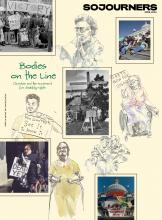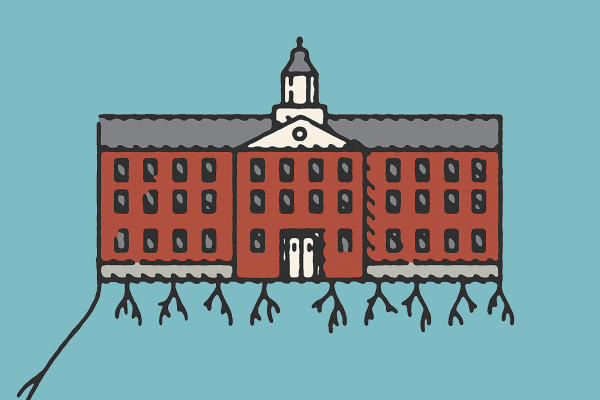“PRAYER AND PROTEST are not two different things.” Princeton Theological Seminary professor Keri L. Day’s proclamation—part of a rousing sermon she preached on the first day of Black History Month—provoked applause and amens from students gathered for worship in the newly renamed Seminary Chapel.
These seminarians recognized the truth of Day’s words because they had galvanized a prayerful protest to change the name of what had been known—for 129 years—as Miller Chapel. The building name honored Samuel Miller, a white Presbyterian minister who in 1813 became the second professor at Princeton Seminary. Like many of the institution’s founders, Miller preached “the enormity of the evil” of chattel slavery yet opposed the movement for immediate abolition. Miller was also an enslaver who held a number of people in bondage during his tenure at the seminary. Miller believed that Black people “could never be trusted as faithful citizens.” He played a key role in making Princeton Seminary the unofficial theological headquarters of the American Colonization Society, formed in 1817 to send free African Americans to Africa as an alternative to multiracial democracy.
Recently the seminary has begun to reckon with this past. In 2018 the institution published a report documenting and confessing its sinful “connections to slavery.” In 2019 the board of trustees made a $27.6 million investment in a range of initiatives that seminary president M. Craig Barnes characterized as “the beginning of our community’s journey of repair.”
Read the Full Article

